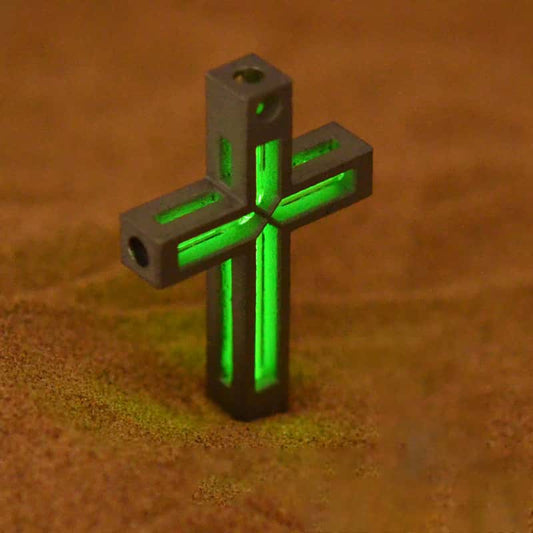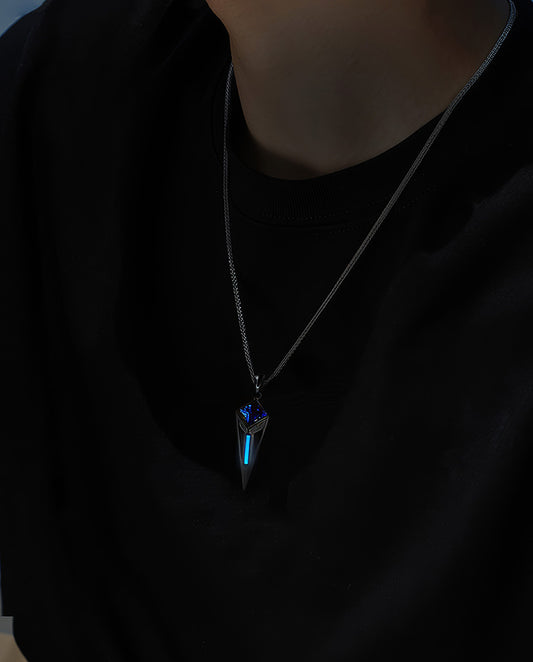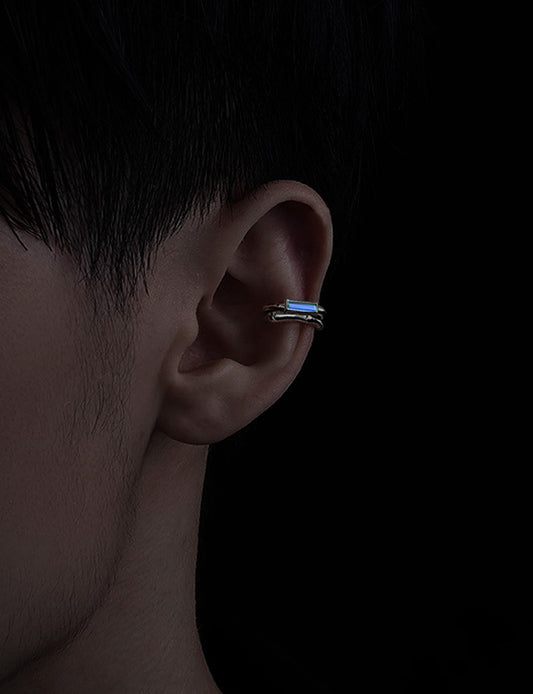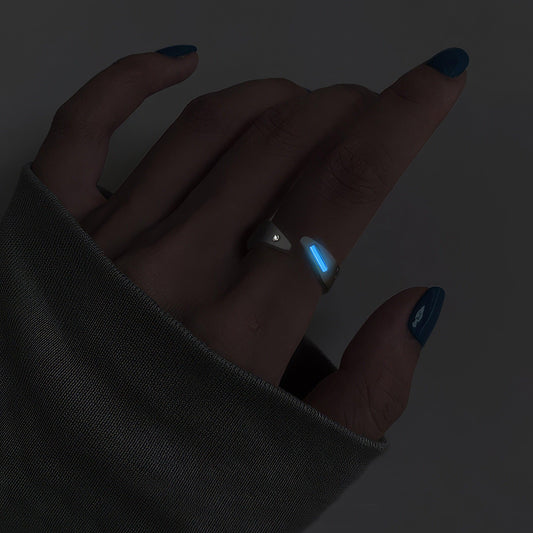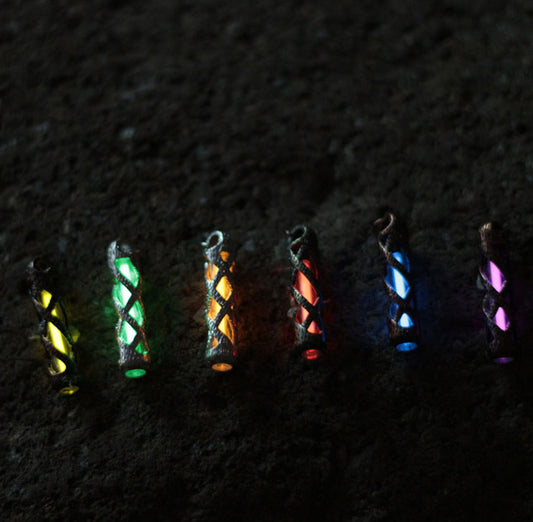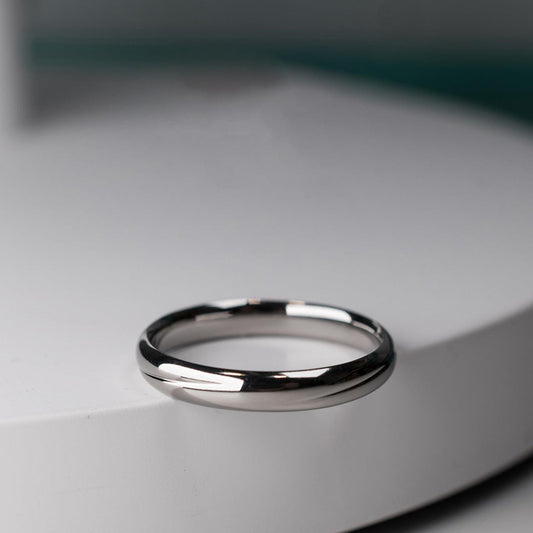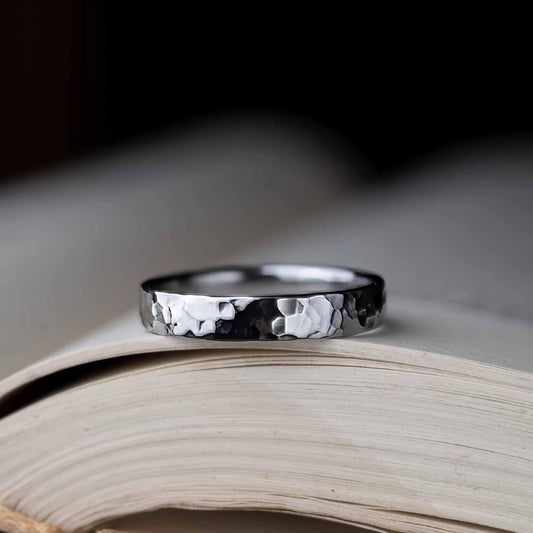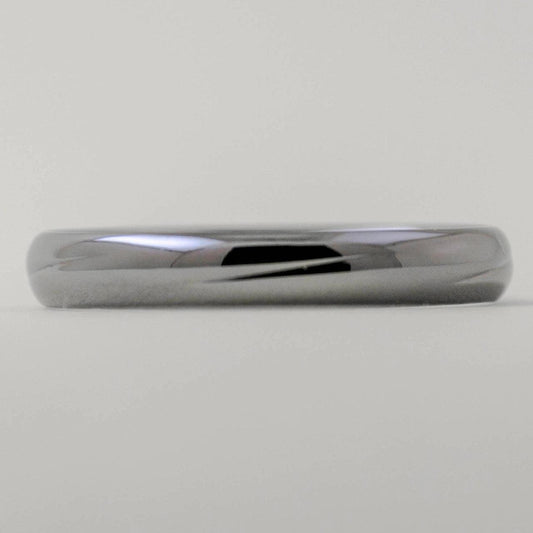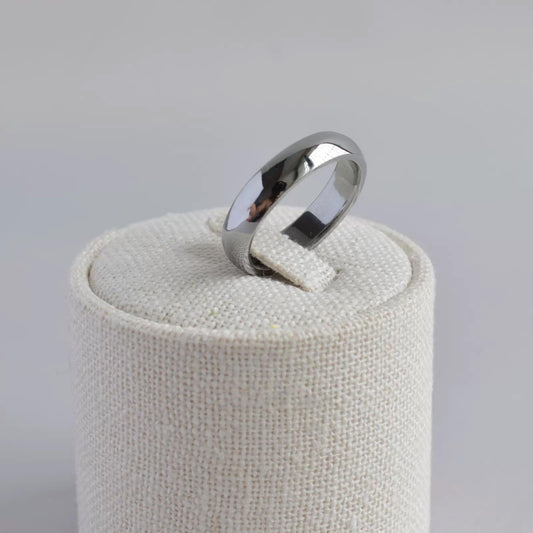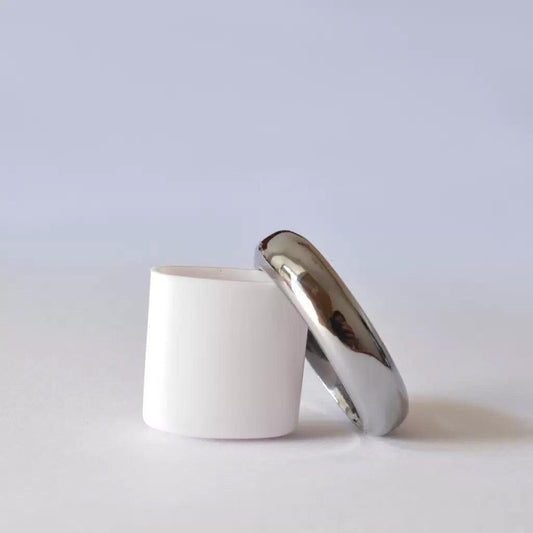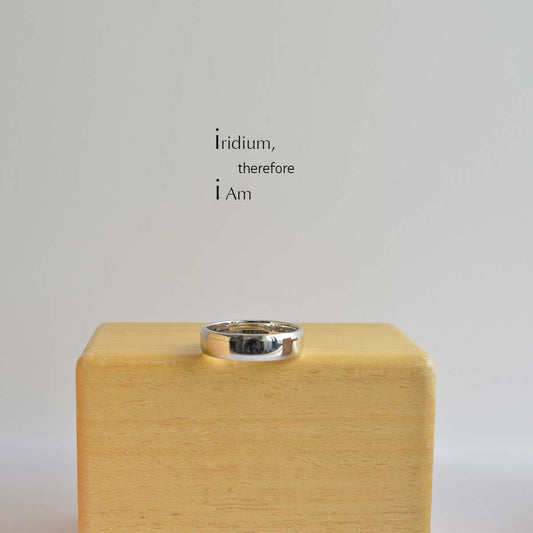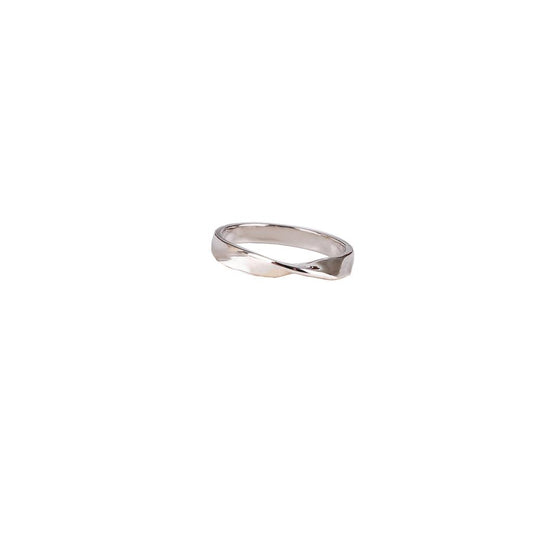Are Lab-Grown Diamonds the Same as Moissanite
Are Lab-Grown Diamonds the Same as Moissanite
In the world of jewelry, the allure of a shimmering gemstone is undeniable. However, the landscape of sparkling stones has evolved, with terms like "lab-grown diamonds" and "moissanite" being tossed around frequently. It's easy to see how one might assume these are just different names for the same thing, but in reality, they are unique both in composition and character.
Let's dive into the science first—because who doesn't love a bit of gem geekery? Lab-grown diamonds are, quite literally, diamonds. They possess the same chemical structure as their mined counterparts, composed of carbon atoms arranged in a crystal lattice. The difference lies in their origin. Rather than being formed over billions of years beneath the Earth's crust, these diamonds are created in a lab environment using methods that replicate the natural process. Because of this, they tend to be more affordable and environmentally friendly, sidestepping the ethical concerns tied to traditional mining.
In contrast, moissanite is a silicon carbide crystal. It was first discovered in 1893 by French scientist Henri Moissan, who found it in a meteor crater, thinking it was diamond. It wasn't until later that the substance was recognized as a new mineral. Nowadays, moissanite is synthesized in labs for jewelry purposes. While it boasts impressive brilliance and fire—sometimes even more so than diamonds—it differs in how it refracts light, giving it a distinct sparkle.
I remember the first time I encountered moissanite. I was browsing a local artisan market with my friend, Jessica, who was hunting for an engagement ring on a budget. We came across a delicate piece that caught our eye, its stone flashing vibrant in the midday sun. The jeweler explained it was moissanite, not diamond, which surprised us both. Until then, I hadn't appreciated how a unique gemstone could offer such beauty without the hefty price tag.
Culturally, both lab-grown diamonds and moissanite carry narratives of sustainability. The growing awareness of ethical sourcing in the jewelry industry has propelled them into the spotlight. Couples looking to symbolize their commitment often prefer these alternatives, embodying a modern love story rooted in consciousness rather than tradition.
Aesthetically, the choice between a lab-grown diamond and moissanite is often one of taste. Some, like Jessica, are drawn to the almost ethereal fire of moissanite, while others prefer the classic sparkle of a diamond, regardless of its origin. It's a personal expression, like choosing between a classic novel and a contemporary masterpiece—each has its place, and each tells a different story.
Ultimately, the question of whether lab-grown diamonds are the same as moissanite is more than a matter of technicality. It's about understanding what you value in a gemstone, whether it's the legacy of the diamond or the celestial origin of moissanite. The beauty is in the eye of the beholder—or, in this case, the gem lover.
